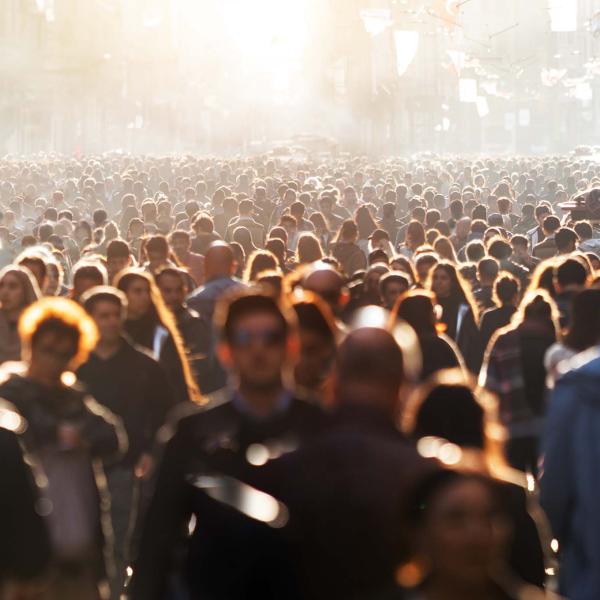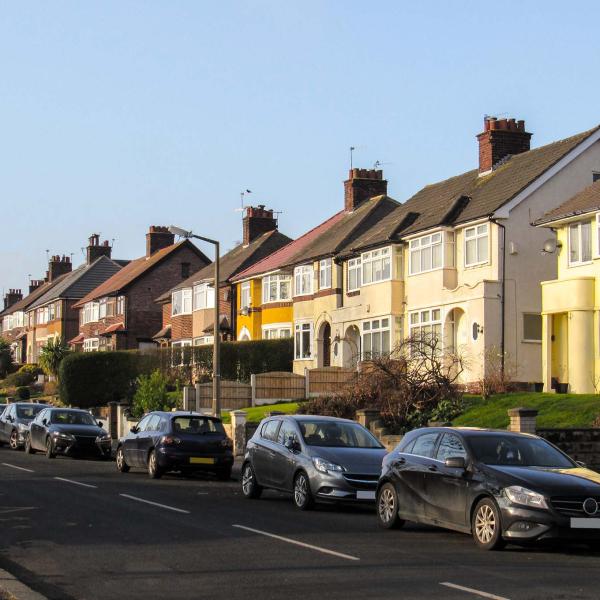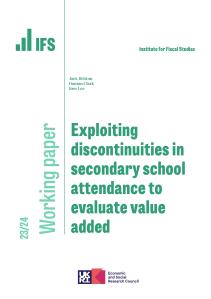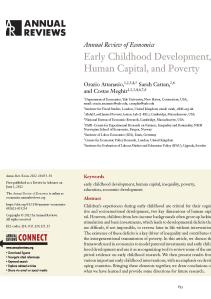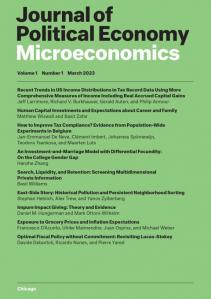It’s celebration time. Last week the Royal Statistical Society announced its statistic of the year. And we at the Institute for Fiscal Studies won. We won for 58 per cent. That’s the proportion of people in poverty in Britain who live in households that contain someone in paid work. I wrote about it in this column back in the summer.
It is one of those statistics that has changed a lot over time as the world around us has changed.
Back in the mid-1990s fewer than 40 per cent of those in poverty were in working households. Since then three big trends have changed this. On the plus side the number of households where nobody is working has fallen and pensioners’ incomes have risen fast. On the other hand, working households have been dragged into poverty by dismal earnings growth and big increases in housing costs. The pattern and nature of poverty has changed.
Well, it’s very nice to have a statistic of the year, but there are hundreds of interesting and important statistics that I see in my day-to-day work. Honestly, there are. So, I thought I might use my last column of the year to regale you with some of those that I’ve come across over the past 12 months. Let’s start with those low-income people of working age:
One third: That is roughly the fraction of working-age adults living in households that will be entitled to universal credit when it is fully rolled out. A much higher fraction will be entitled at some point in their lives. I would guess that a much smaller fraction of those reading this column will have recent experience of the working-age benefit system. Yet it affects, and is central to the lives of, a very large number of families.
43 per cent: That’s the proportion of adults who don’t pay income tax in any one year, meaning that they have taxable income of less than £12,500. Many of them are students, or have spouses with higher incomes, so this doesn’t necessarily reflect a permanently low standard of living. Nevertheless, it is striking to see the extent to which the continued increases in the tax-free threshold have narrowed the income tax base.
129 per cent: How much more generous basic benefits are to those just above the state pension age compared with those just below. In 1990 the gap was 30 per cent. This is one example of how some elements of the welfare state have become much less generous to those of working age relative to those over pension age.
Going to the other end of the scale:
50 per cent: That’s the proportion of all income tax paid by 3 per cent of adults with the highest income — that is those with incomes of more than £80,000. The top 1 per cent of income tax payers pay 30 per cent of all income tax. This is, of course, a stark reflection of how concentrated incomes are among a small fraction of the population.
8 per cent: The share of total income, after taxes and benefits, received by the highest income 1 per cent of the population — that is, eight times more than the average. That share hasn’t changed much in 20 years. But back in the 1970s it was 3 per cent.
I could stay with statistics on taxes, benefits and incomes. But what about that other issue at dispute in the recent election — public spending?
21 per cent: That’s the scale of the cuts in per-person spending on public services outside of health since 2010. That is an astonishing figure. We may have come to the end of austerity in the sense that no further cuts may be made, but local government, the justice system, further education and many other public services will show the effects of austerity for a long time.
42 per cent: The proportion of day-to-day spending on public services (so not including welfare and capital spending) that will be accounted for by the Department of Health and Social Care next year. That is up from 33 per cent in 2010 and 26 per cent in 2000. In the period between 2000 and 2010, when public spending in general was rising, spending on the NHS rose considerably faster than the average. Since 2010 spending on most public services has actually fallen while NHS spending has continued to rise, albeit by less than usual. This is a trend that is set to continue. It’s why we are likely to need a bigger state in the future.
Zero: Despite the scale of cuts in most public spending, that’s near enough the change in the size of the state as a proportion of national income since 2007. After nearly a decade of austerity, public spending accounts for the same fraction of national income as it did after nearly a decade of Labour government. How can that be? The economy shrank after the crisis and has grown feebly since. It is far smaller than expected. Meanwhile, health and, to some extent, pension spending has risen. The result? A state the same size as it was and many public services with less spent on them. As above, it’s hard to see this being maintained.
Well over £300 billion: That’s how much smaller the economy is than we might reasonably have expected it to have been had it grown at normal rates since 2008. That’s what we’ve lost. Put that alongside -2 per cent, which is how much lower median wages still are compared with 2008, and you can understand an awful lot about the past decade. A huge loss in growth, accompanying austerity, and stagnant earnings are unlikely to make for a contented electorate.



